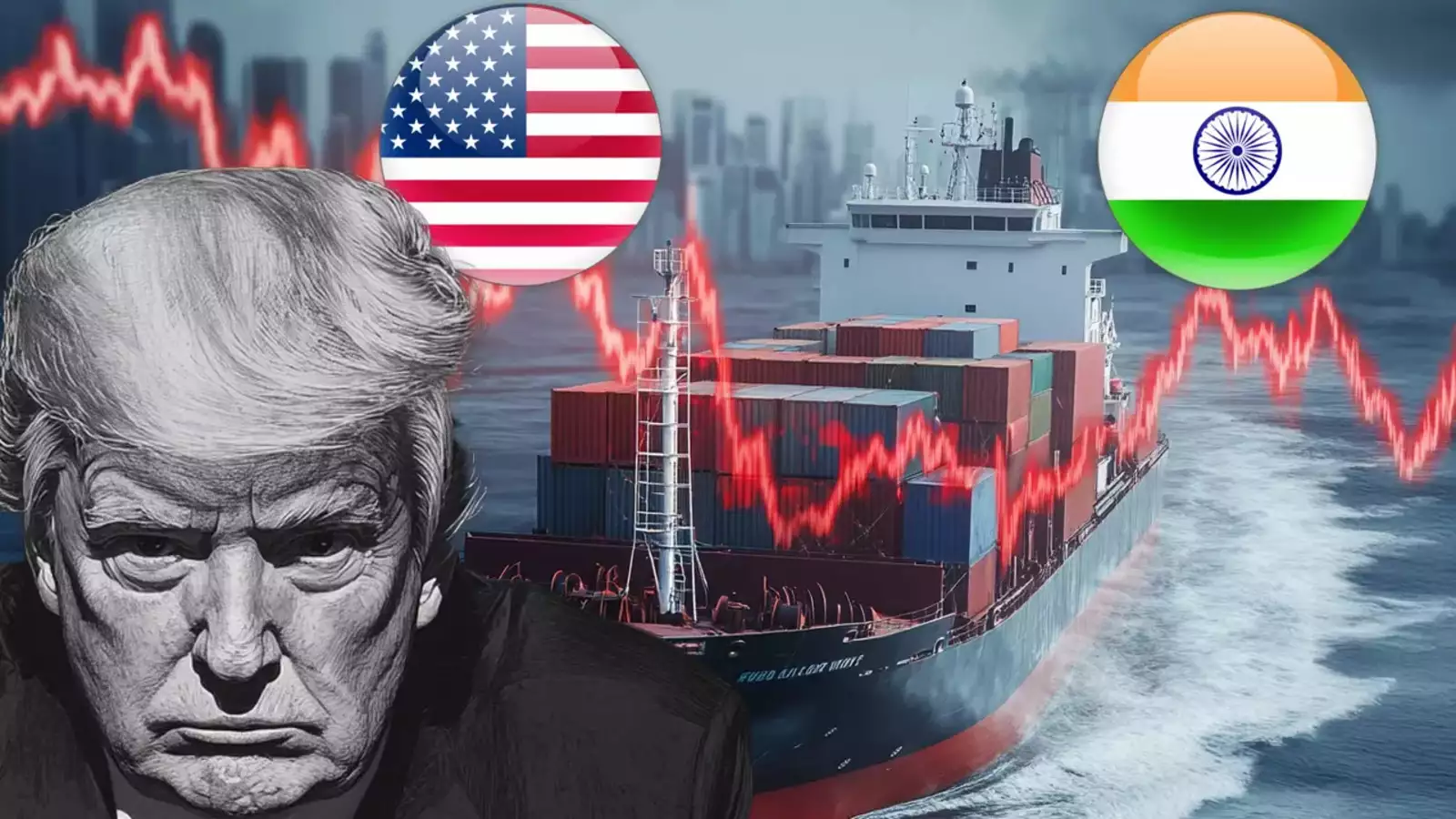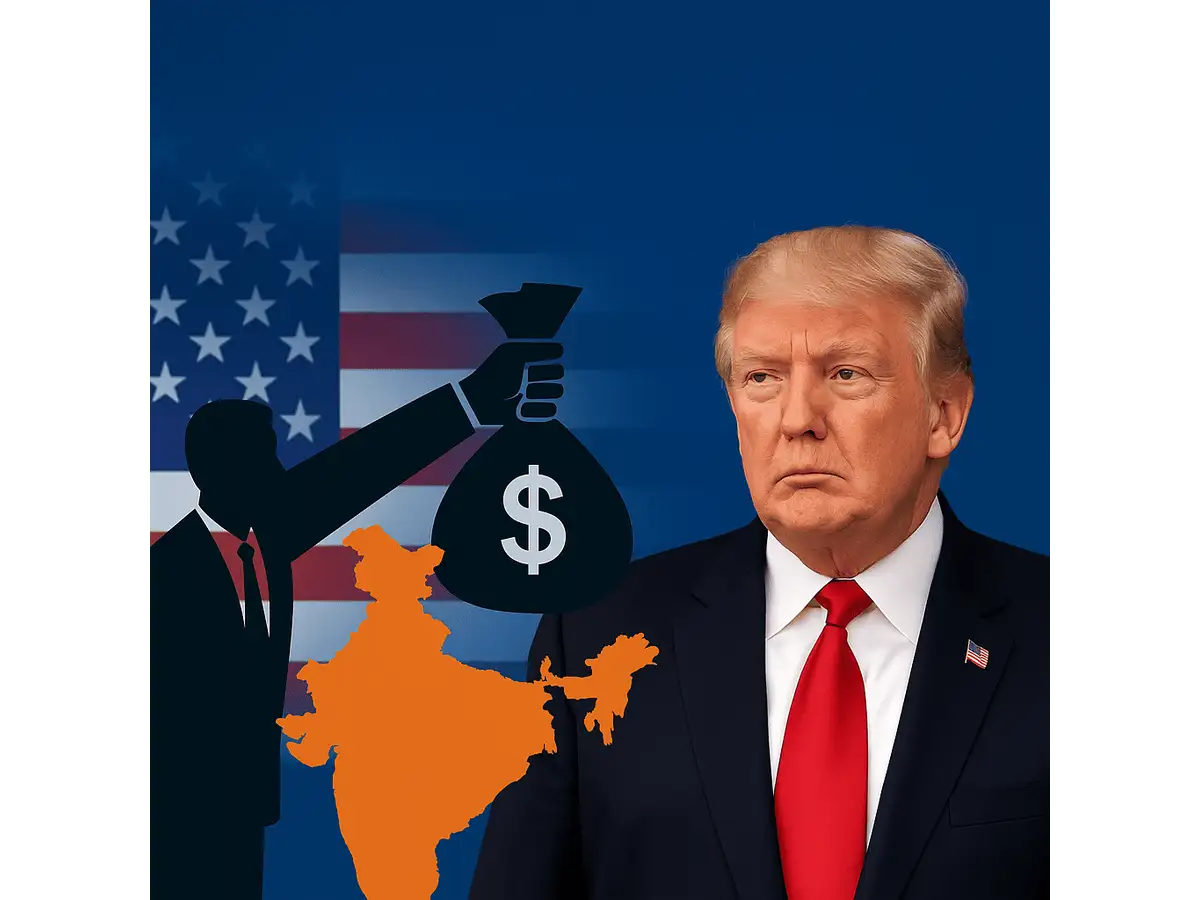The recent reintroduction of tariffs by former U.S. President Donald Trump has significantly impacted the global paint and coatings industry, with notable repercussions for India. These tariffs, part of the “America First” agenda, have introduced new challenges for Indian manufacturers, particularly in terms of raw material costs and export competitiveness.

Globally, the paint industry relies heavily on a complex supply chain for essential raw materials such as titanium dioxide, resins, and solvents. The imposition of tariffs on imports from key trading partners like Canada, Mexico, and China has disrupted these supply chains, leading to increased production costs and logistical challenges. For instance, companies like WIWA, a German engineering firm specializing in high-tech coating products, have faced strategic dilemmas due to the 20% tariff on European imports, despite producing many components in the U.S.

In India, the paint industry is particularly vulnerable due to its heavy reliance on imported raw materials, with approximately 90% of requirements sourced from abroad. The tariffs have led to increased costs for these imports, squeezing profit margins for companies. Smaller manufacturers and startups, lacking the financial resilience of larger firms, are especially at risk. The situation necessitates strategic shifts, including exploring alternative sourcing options and investing in domestic production capabilities to reduce dependency on imports.

The broader economic implications are also concerning. The World Trade Organization has projected a decline in global trade due to these tariffs, which could further impact the paint industry’s growth prospects.
Additionally, the volatility in crude oil prices, a key raw material in paint production, adds another layer of complexity. Companies like Asian Paints have noted that fluctuations in crude prices, combined with currency depreciation, have offset potential cost benefits, leading to concerns over margin contractions.
In response to these challenges, Indian paint manufacturers may need to reevaluate their supply chains, invest in domestic production capacities, and explore new markets to mitigate the impact of global trade tensions. Engaging with industry associations and staying informed about policy developments will be crucial for adapting to this evolving landscape
